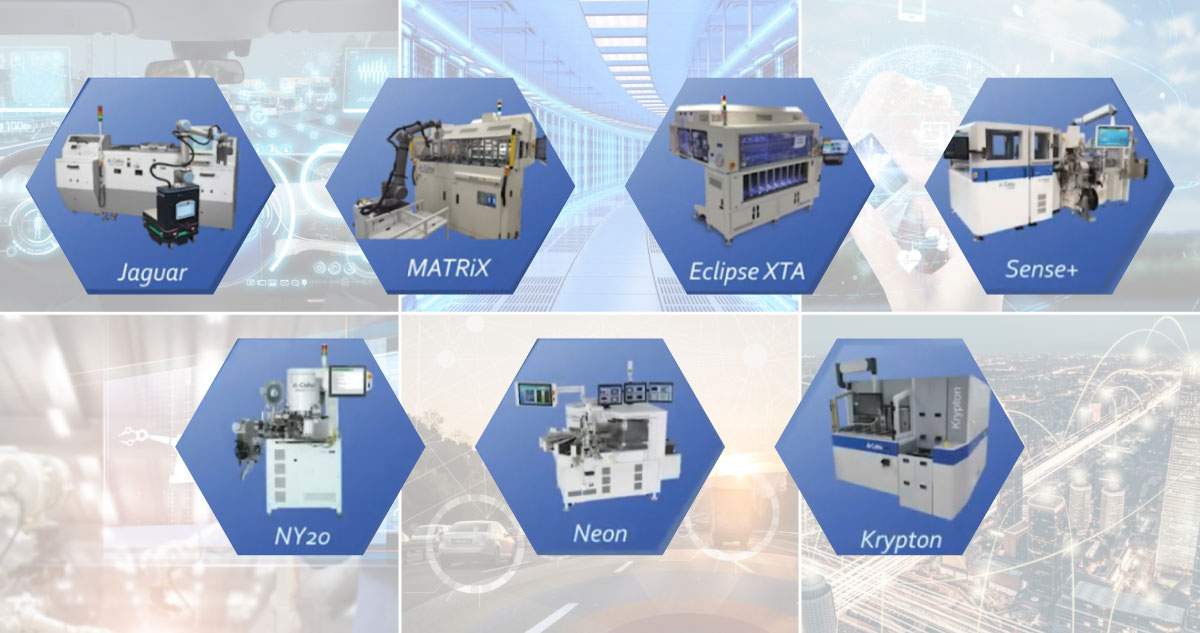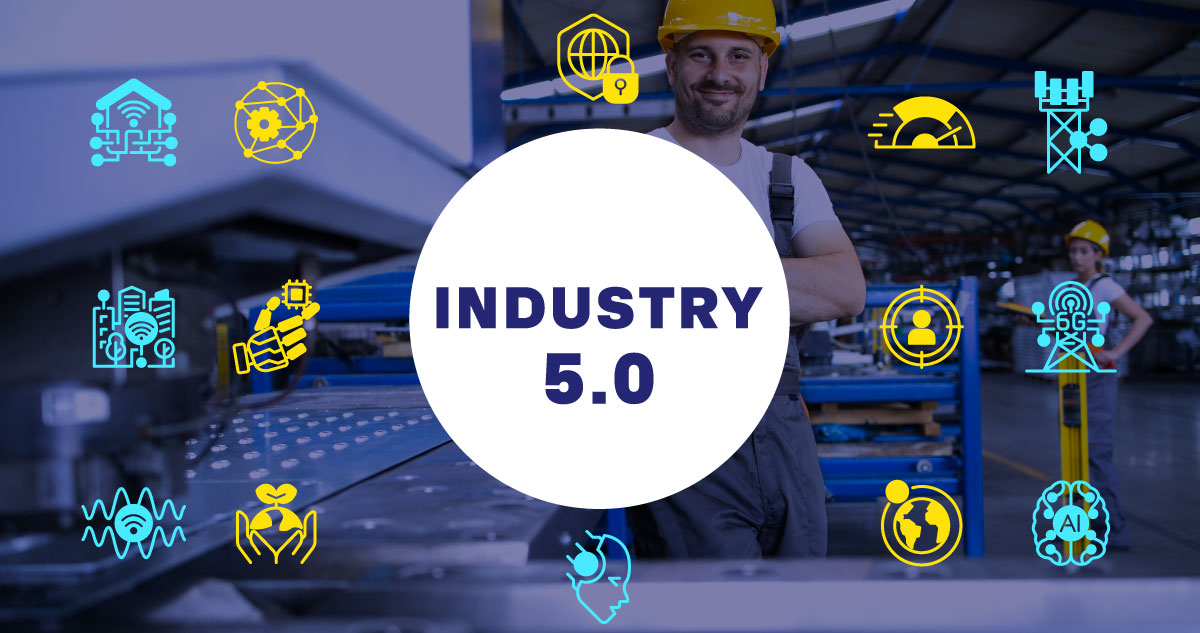Does your factory produce defect-free products?
Mistake Proofing:- To err may be human, but production mistakes are unacceptable in any industry. Efforts should be made to produce only defect-free products, and towards this end, tools need to be used to eliminate errors or to rectify the errors quickly before the product reaches a customer.
Mistake Proofing or Poka Yoke is the most commonly deployed practices. One of the ways in which mistake proofing achieves its goal is by creating tools which ease human operations at each error-causing possibility, including tools for automation.
Mistake Proofing needs to be applied at various stages to create defect-free products. Here are the different layers where your Mistake Proofing initiatives need to be applied to ensure the production of defect-free products.
1.Operational layer
The Operational Layer involves physical tools closest to the operator. This includes measuring instruments such as smart cameras, torque

controllers, actuators, and sensors. These measure one device at a time and are designed by quality engineers or manufacturing engineers.
Operators need to be trained on using these devices. It involves parts identified by barcodes and RFID, use of limit switches, mistake-proofing jigs, counters, timers, relays, dividers, blocks, automation and other tools which are useful to the operator in detecting and preventing errors, causing stoppage of line with control and warning codes for quick action by the operator. The activities at this level happen in silos and cannot be communicated to other levels.
-
Process layer

Programmable Logic Controllers (PLCs) and Supervisory Control and Data Acquisition (SCADA) are the tools used to monitor the sequence of tasks. Although they are easy to program, these are rigid interfacing devices involving multiple layers of programming and are often created with little understanding of human experience at the ground level. These are created by control engineers with little expertise in manufacturing.
-
Progress layer
The Progress Layer is software-based and involves the Manufacturing Execution System (MES) which specifies audits and has access to all devices and layers. It can integrate with all systems but is not agile. Any change that needs to be carried out is complex. It is created by the IT engineers and needs synchronisation with operator-level work.
-
Business layer

At the Business Layer, the Enterprise Resource Planning (ERP) system is involved which monitors the supply chain, inventory and human resources. It communicates with the MES and directs it on what to build. This is created by IT and Finance professionals.
- Adaptive layer
The Adaptive Layer has access to all devices and layers, helping detect anomalies within manufacturing and enforcing action to reduce downtime and reduce time to build devices. It needs vast amounts of data and data models to make quick decisions. It is slowly finding relevance as it gives a clear advantage to those using it.
MELSS has been providing holistic solutions to industries which help in improving metrics by using mistake-proofing techniques. Synchronising well with traceability tools such as barcode and RFID, our Recipe Management System ensures the correct parts are used by the operators in the right sequence. Our PLC and SCADA systems are being used by many industries and our data loggers help in generating useful information. Our MES software is robust, integrating easily with the other mistake-proofing tools. For more: https://www.melss.com/latest/industrial-automation/mes-software/





